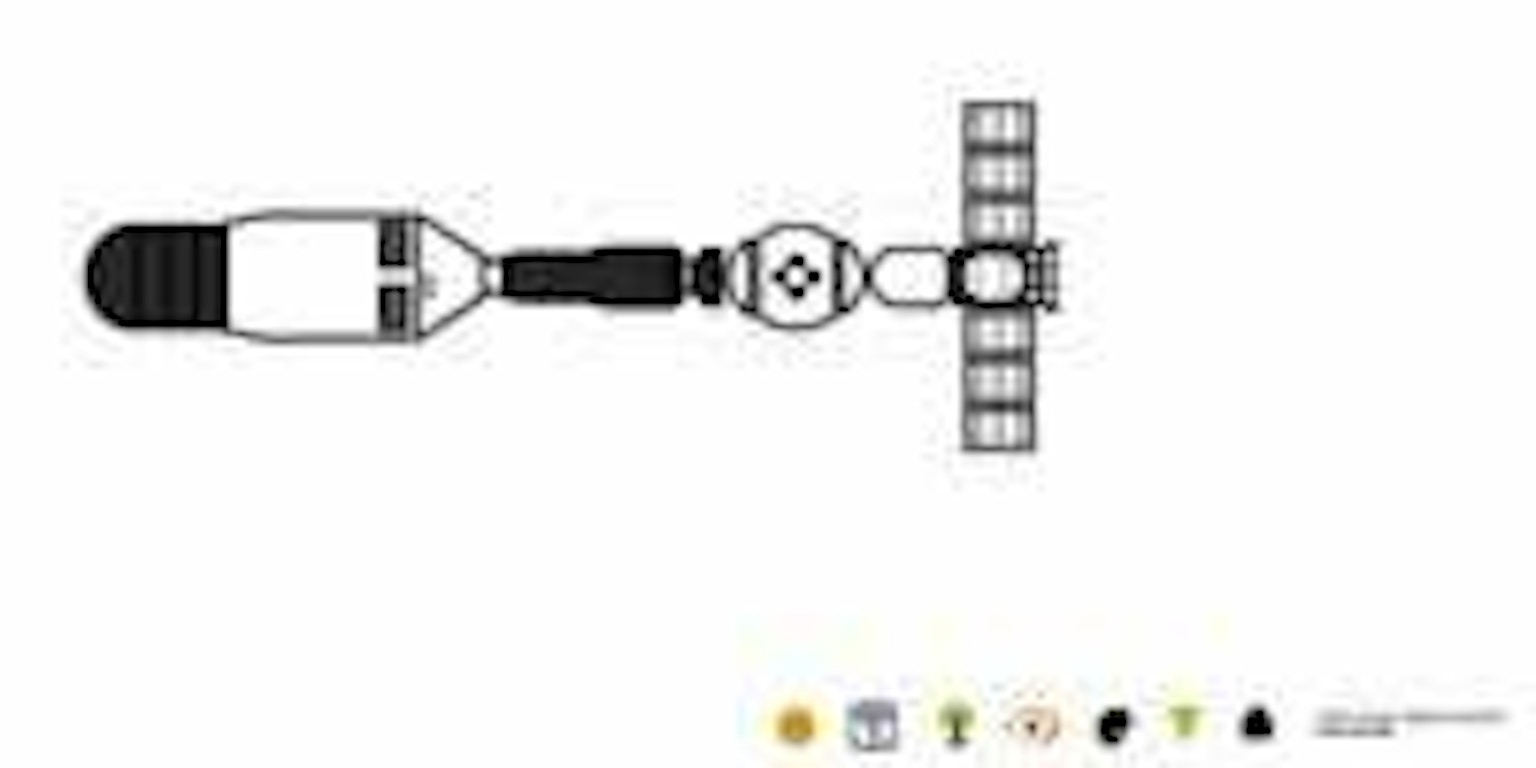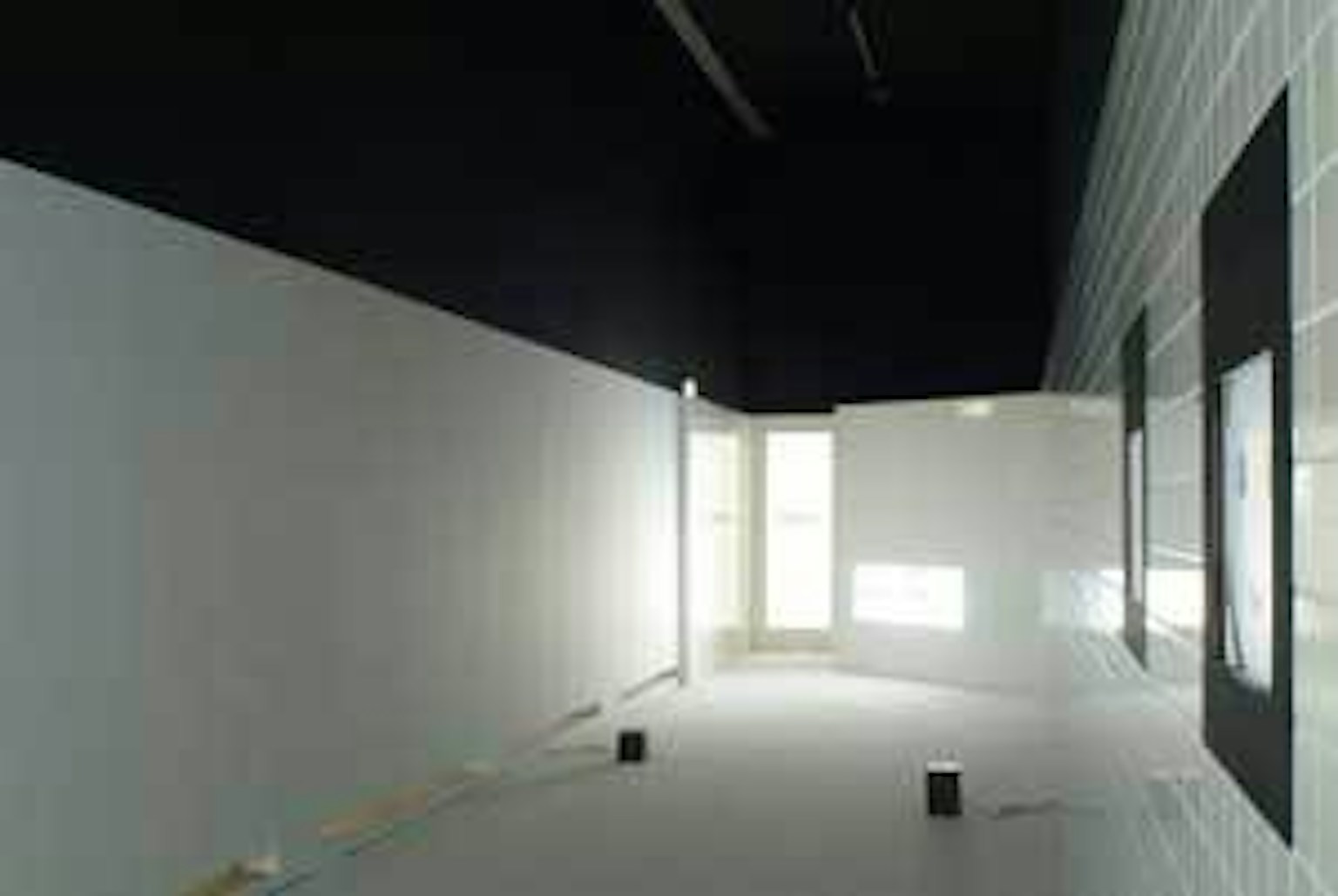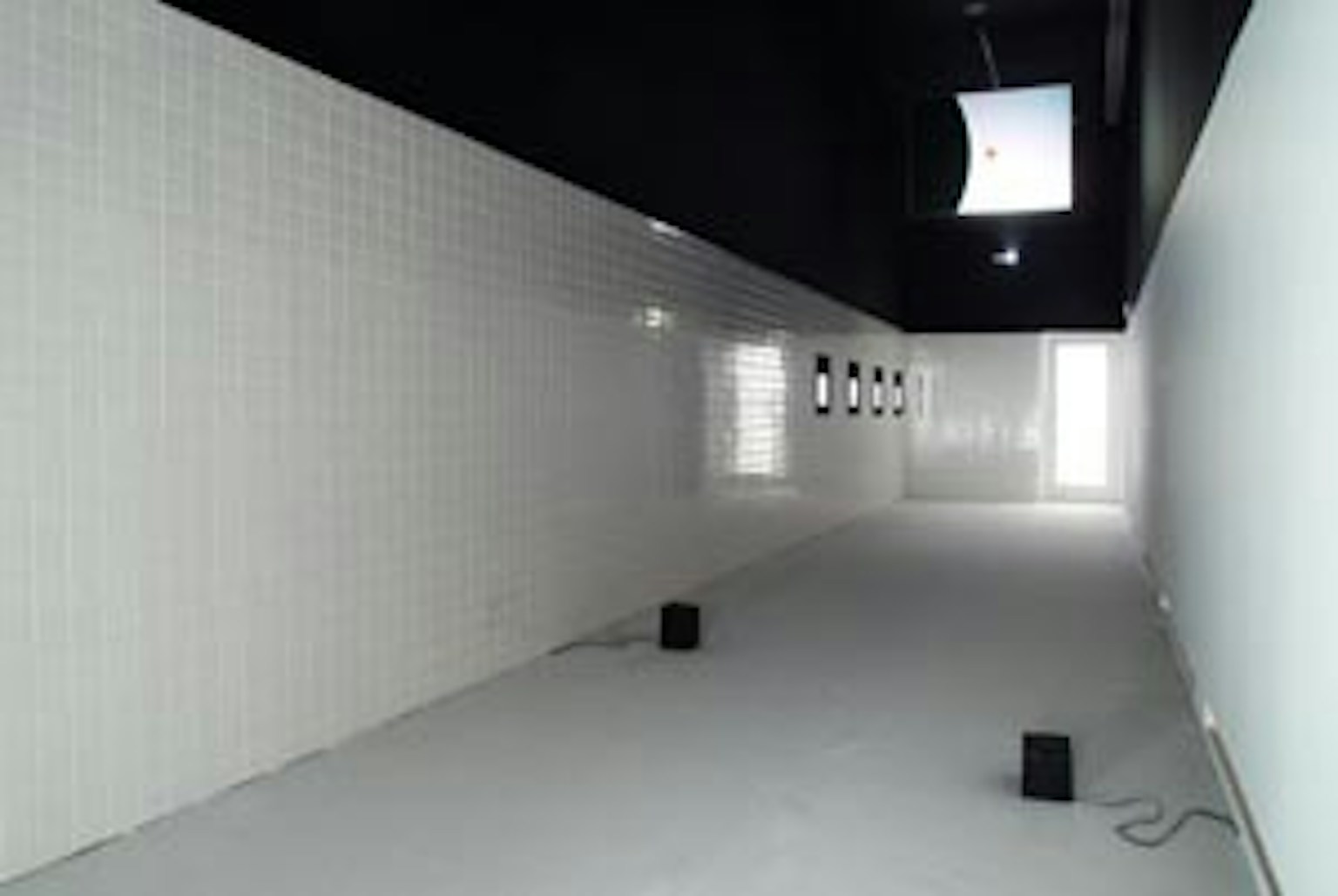Bart Stolle (°1974, Eeklo) is an artist who makes animated cartoons. Rather abstract ones. Yet he still asked for a text about ‘How his art stands in the specific world/reality’.
Animated cartoons do not seem as the most ideal medium to say something about reality, due to the simple fact that it has an inherent crucial buffer with regard to the ‘outside’ world: namely a visual language that– contrary to that of, for example, film– originates without intervention of an ‘objective’ registrator, such as a camera. In short, it is a visual language that has already ‘imagined an image’… And how can you represent reality with imagined images? Yet Bart Stolle has his feet firmly on the ground, although at first glance his language of form would contradict this. The animated cartoons grouped under the title ‘Low Fixed Media Show/Continuum’, often shown in various spatial decors, are extremely simplified and reduced to the essence. They are populated by various figures that most resemble stick figures we all used to draw in our maths book at school. However, Bart Stolle styles the whole so minimally and almost abstract that they first and foremost almost automatically provide a certain distance for the viewer. The ‘reality extent’ is almost non-existent in carefully stacked block, circles and lines… However, upon second viewing this abstract effect of alienation turns into the complete opposite as the scenes in which the figures move represent a moving and disarming emotionality, often including a huge portion of absurd humour. No mater how small-scale and minimal the representation, this human input ensures that the films of Stolle are given rarely seen, almost theatrical drama.
The subtle contrast between Stolle’s extremely rational design and the strong emotional content suppose strong (social) commitment behind these very abstracted films, which is almost at right angles to the ideology of abstract art, as seen in supprematism and constructivism - two major artistic movements from the early 20th century –Bart Stolle feels close to. The intention of this abstract artistic movement was to reduce (social) reality to its absolute essence through major simplification. In itself a noble artistic statement, yet not very successful with the general public. Such abstract art was often considered as elitist due to the complete lack of reference to reality in its end result. A tree, for example, is not recognisable in a rigid Mondriaan composition of red, blue and yellow plains… In this regard the films of Bart Stolle take these forms of abstraction a crucial step further, by adding simple and universal human emotions, and “gives it back to the world”. The whole world, i.e. not just the crappy few from the art world. The emotional accessibility of Stolle with his rigid language of form thus obtains the opposite of what former abstract art intended. He reduces the essence to emotion, and no longer emotion to the essence… The abstraction in the work of Bart Stolle is therefore everything but an elitist work of art; on the contrary, it does have major worldly relevance. Where abstract art wanted to rid itself of the recognisable representation of reality during the first half of the 20th century, Stolle’s films originate from a persistent and committed aversion to the same reality as it displays itself to our every day: namely in the form of a total bombardment of manipulated and constructed images with which the media is harassing the world on a daily basis. In this false three-dimensional decor every one of us has to (re)construct his own reality.
The problem is that, in the long run, the unsuspecting image consumer no longer knows which images to select in order to get a genuine view of his own reality. The distressing consequence being complete apathy. Due to the lack of time to make well-considered social image choices, many people have chosen to simply go along with this grotesque and manipulated media stream. If it gets too much you simply take the remote and zap to the next river of images… The radical solution Bart Stolle offers with his films for this malaise is genius as well as simple: just erase the lie. Omit all interfering and deceitful side information and see back to basics. Which basics I hear you wonder? The answer to this question is perhaps even simpler. It is hidden in emotionally simple looking. This of course does not equate simply looking at the cute essence… Stolle's films can stink, but he does not claim that the heart of reality will beat truer after the stench of the lie has been dispelled…



